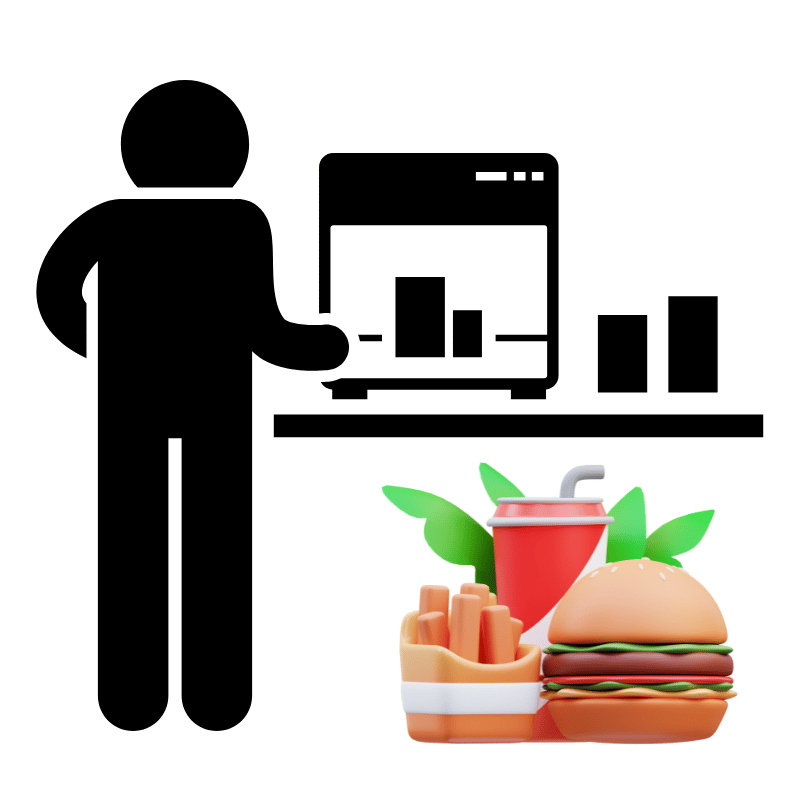
3D printing has been making waves in various industries, and the food industry is no exception. With the potential to revolutionize how we produce and consume food, 3D printing technology is rapidly gaining popularity among food manufacturers and consumers alike.
Personalized Food
One of the biggest advantages of 3D printing in the food industry is its ability to create customized and personalized food products. For example, individuals with dietary restrictions or specific nutritional needs can benefit from 3D-printed foods tailored to their requirements. This can include creating gluten-free foods, low in sugar or high in protein.
Visually Appealing Food
Another advantage of 3D printing in the food industry is its potential to create intricate and visually appealing food designs. This can be particularly useful for special occasions or events where presentation is key. For example, 3D-printed chocolates or cakes can be designed with intricate patterns or shapes that would be difficult to achieve using traditional methods.
Expensive
However, the food industry also has challenges and limitations associated with 3D printing in the food industry. One of the main challenges is the cost of equipment and materials, which can be prohibitively expensive for smaller businesses. Additionally, there is a need for specialised training to operate 3D printers effectively, which can further increase costs.
Despite these challenges, the potential benefits of 3D printing in the food industry are significant. In addition to creating customized and visually appealing foods, 3D printing can promote sustainability by reducing food waste and packaging materials. Furthermore, 3D-printed foods have the potential to address global food insecurity by providing affordable and nutritious options in areas with limited access to fresh produce or traditional cooking methods.
Top 5 3D Printing Machines for Printing Food
- Foodini: This 3D printer is designed specifically for food printing and can print a wide range of foods, including dough, chocolate, and pureed fruits and vegetables.
- ChefJet Pro: This 3D printer is designed for professional kitchens and can print intricate sugar sculptures and other edible decorations.
- Choc Creator V2.0 Plus: This 3D printer is designed specifically for chocolate printing and can create intricate designs and shapes with chocolate.
- Procusini 3.0: This 3D printer is designed for home use and can print a variety of foods, including chocolate, marzipan, and fondant.
- Bocusini Pro: This 3D printer is designed for professional kitchens and can print a variety of foods, including cheese, dough, and pureed fruits and vegetables.
Conclusion
3D printing technology can potentially revolutionize the food industry by creating customized, visually appealing, and sustainable food products. While there are challenges and limitations associated with this technology, the benefits are significant and warrant further exploration and investment.


Recent Comments